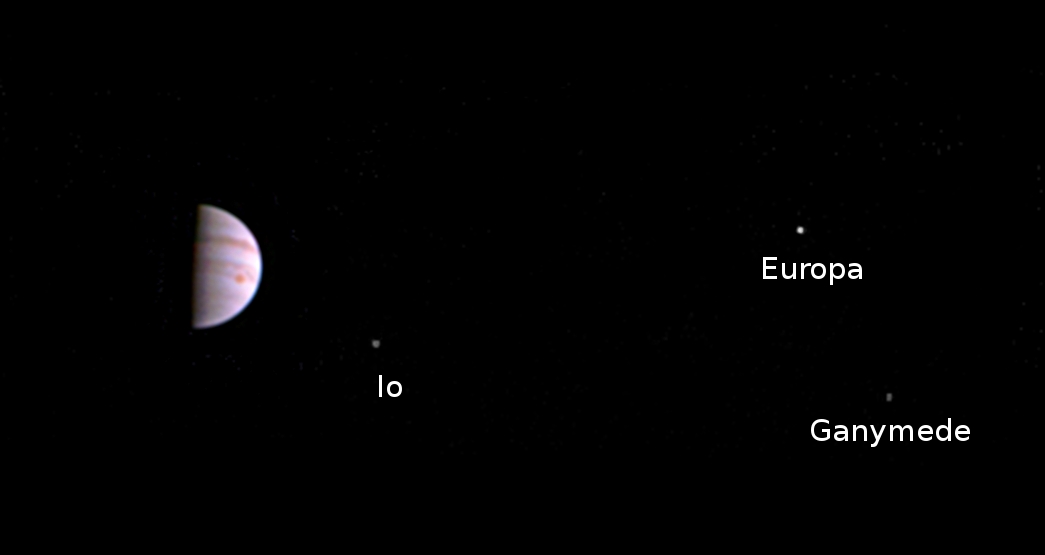ok . . . I know this is short notice, however, in about an hour A 154-foot-long (47-meter) solid rocket booster will be ignited for two minutes Tuesday at a remote test site in Utah.
Sitting horizontally at a test cell at Orbital ATK’s rocket propulsion manufacturing facility in Promontory, Utah, the solid rocket motor will fire at 10:05 a.m. EDT (1405 GMT) for slightly more than two minutes.
Burning 5.5 tons of powdered aluminum fuel, oxidizer and binding agents per second, the rocket motor is a test unit of a booster that will help power the Space Launch System off the ground.
Engineers predict the booster will generate about 3.3 million pounds of thrust at cold temperatures, down from the 3.6 million pounds of thrust produced during the hot test last year.
This should be good, will post video if I can . . . you can watch here:
http://www.nasa.gov/multimedia/nasatv/#public
Annnd of course the computer sequencer is having troubles . . . test fire on hold, hopefully resolved soon.
Things look good for the test in 20 minutes . . .



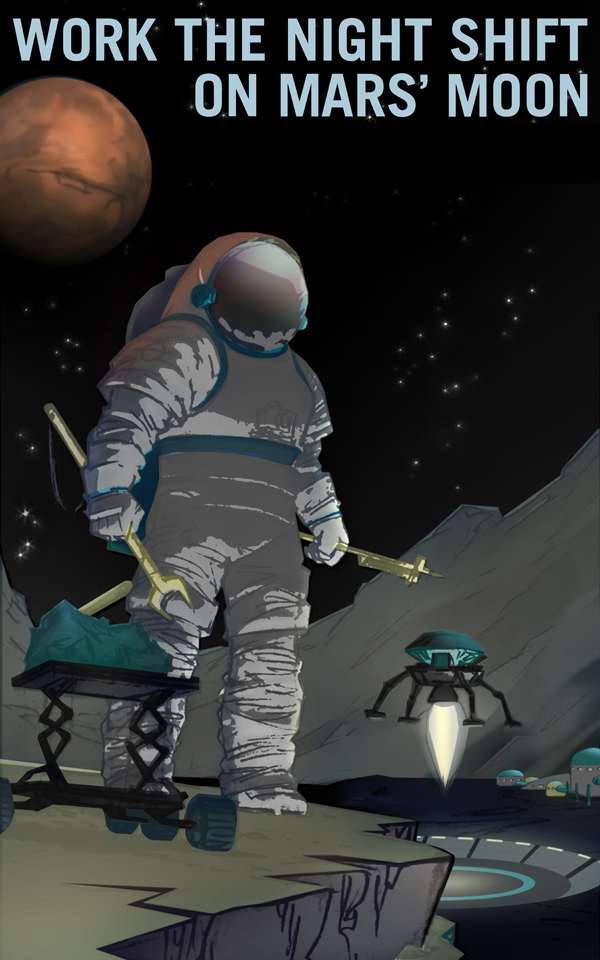


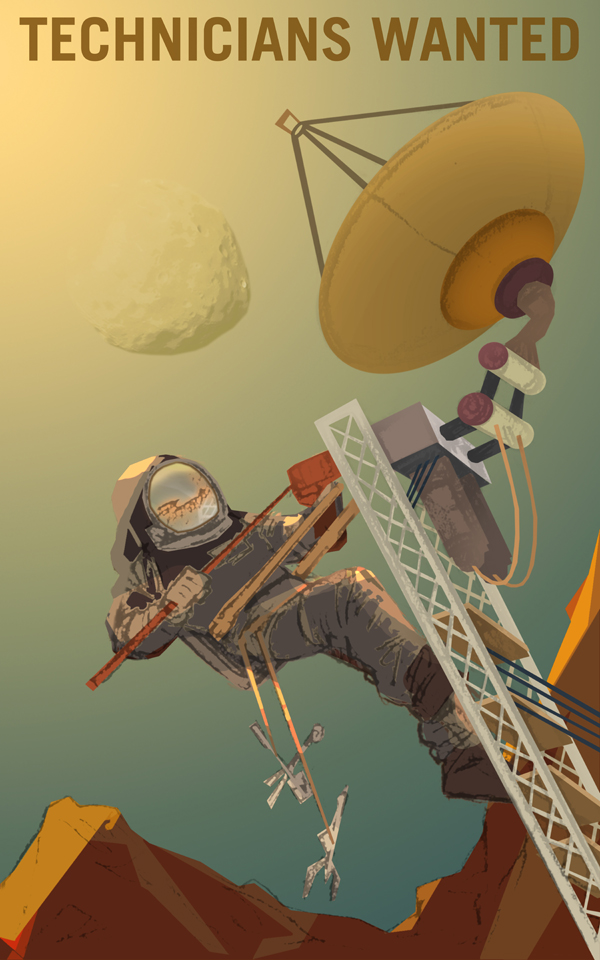
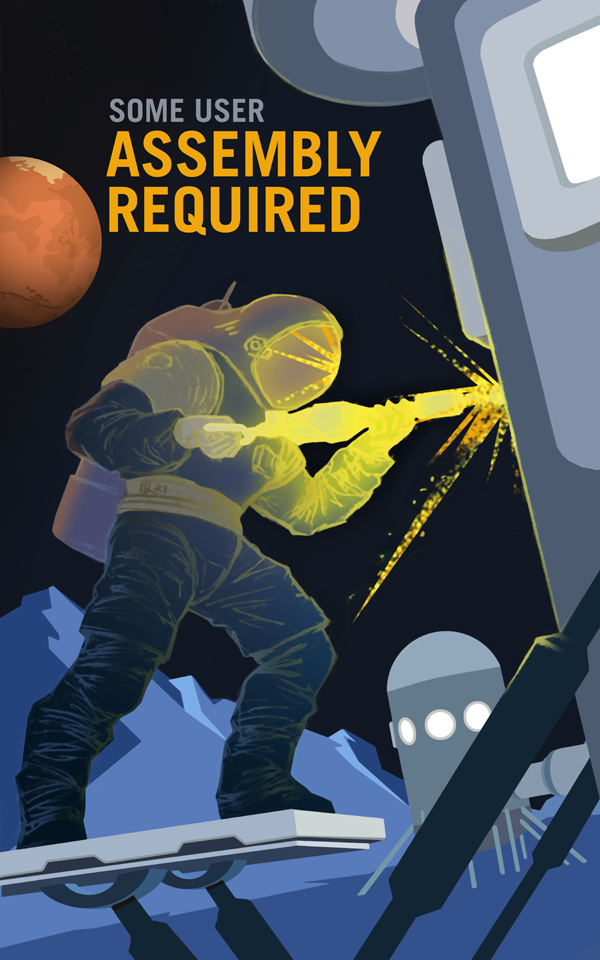












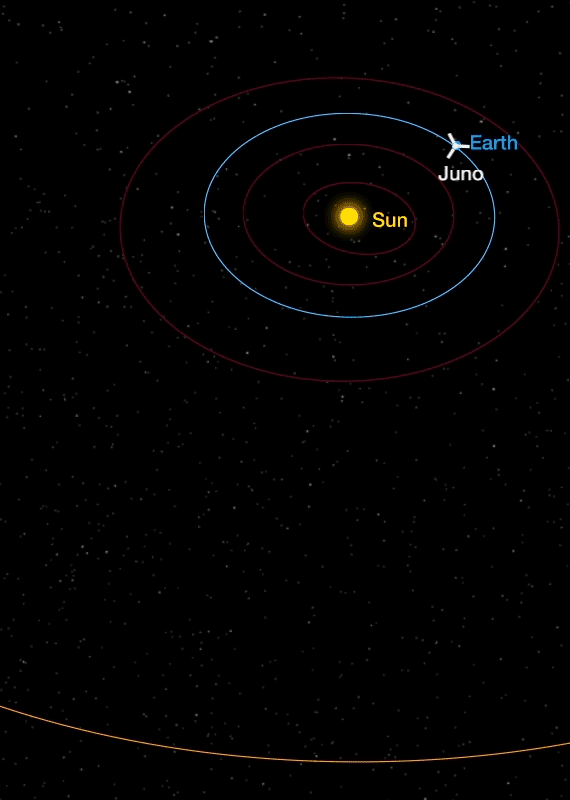


 So it's official now?
So it's official now?
